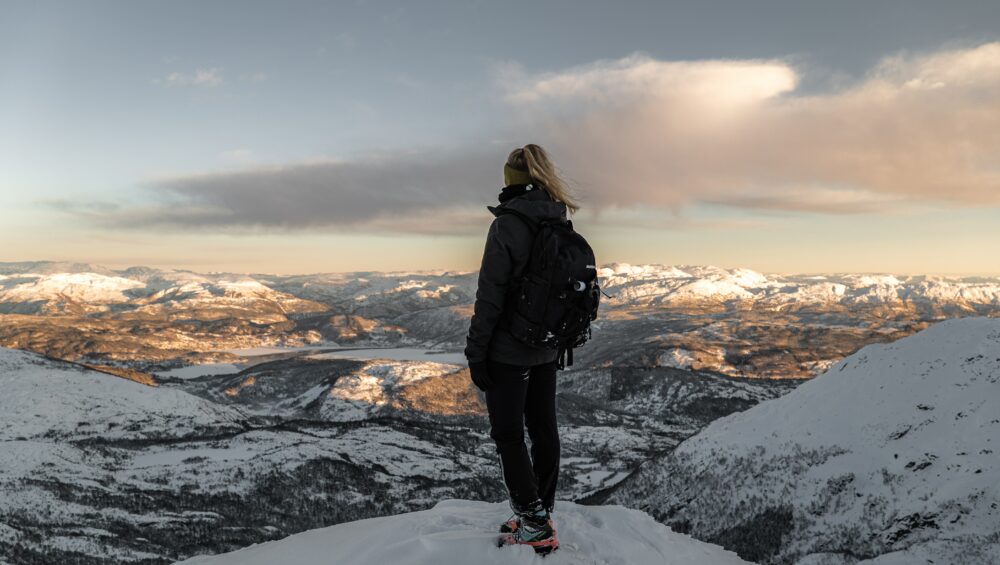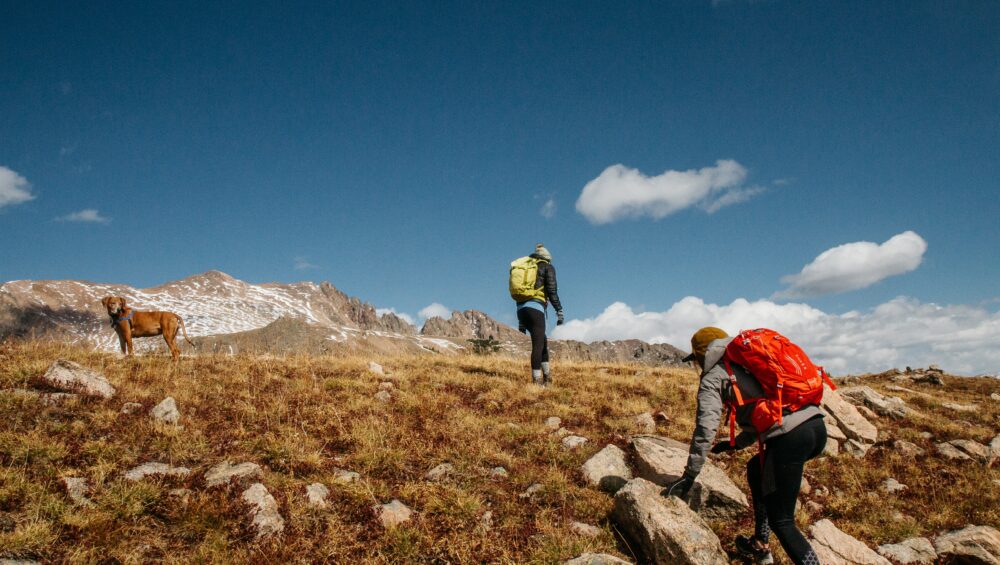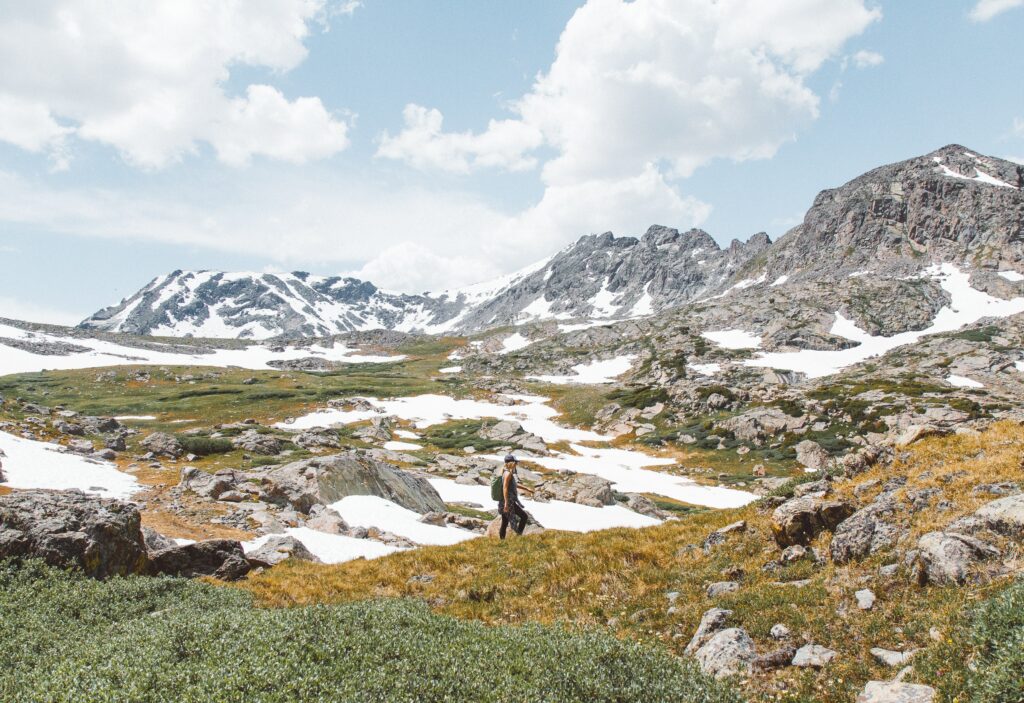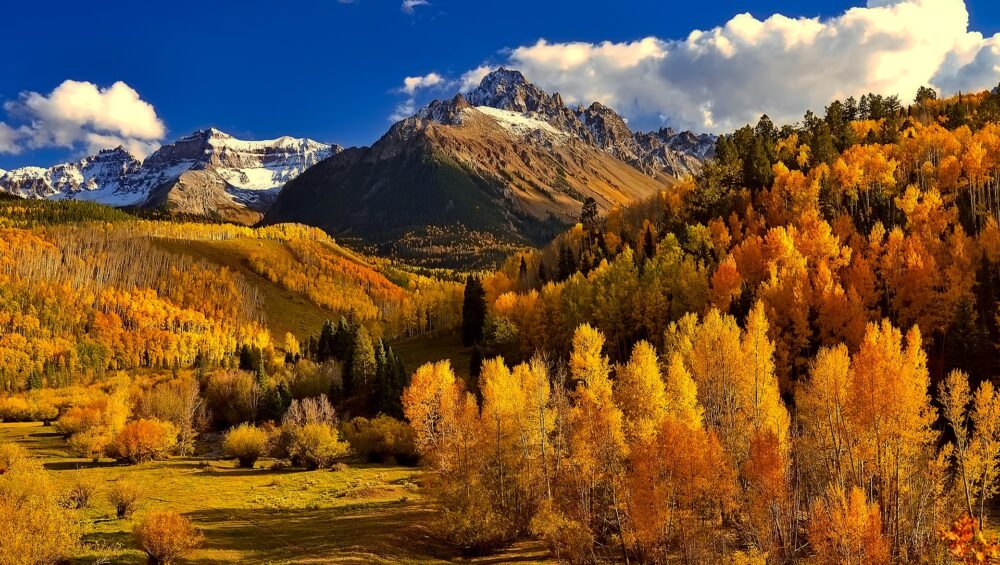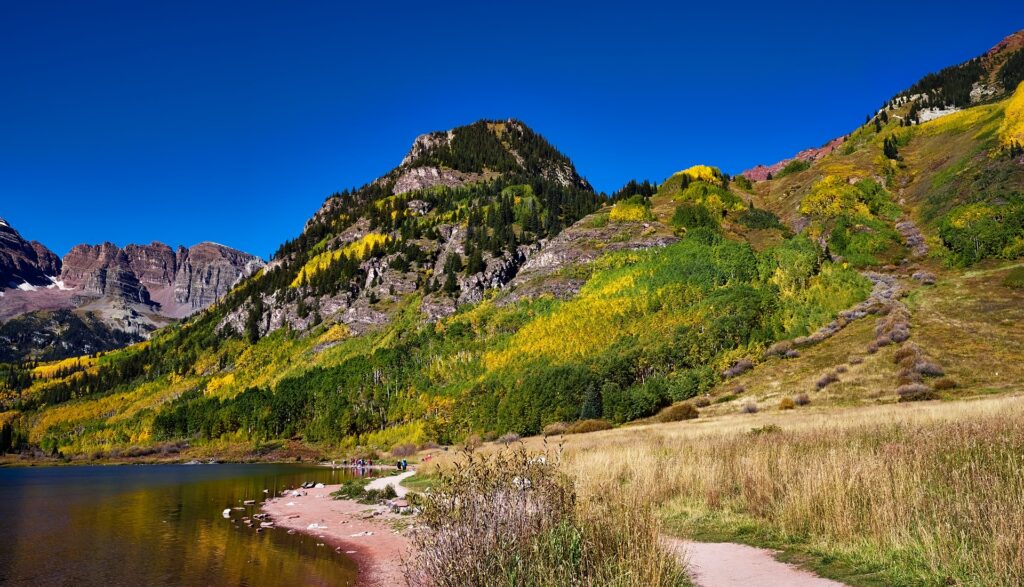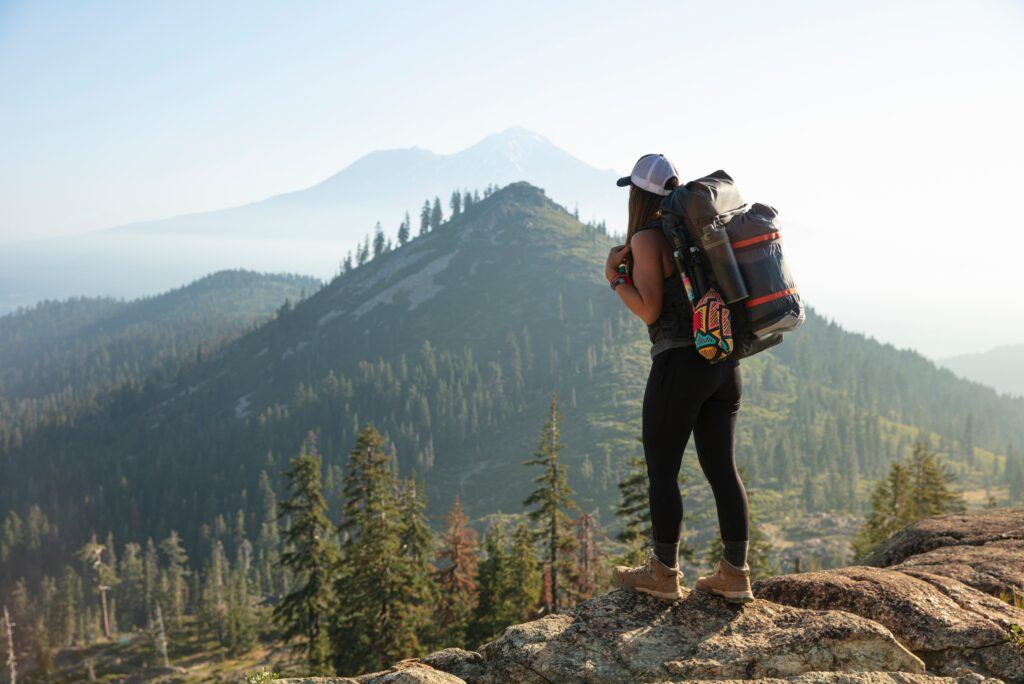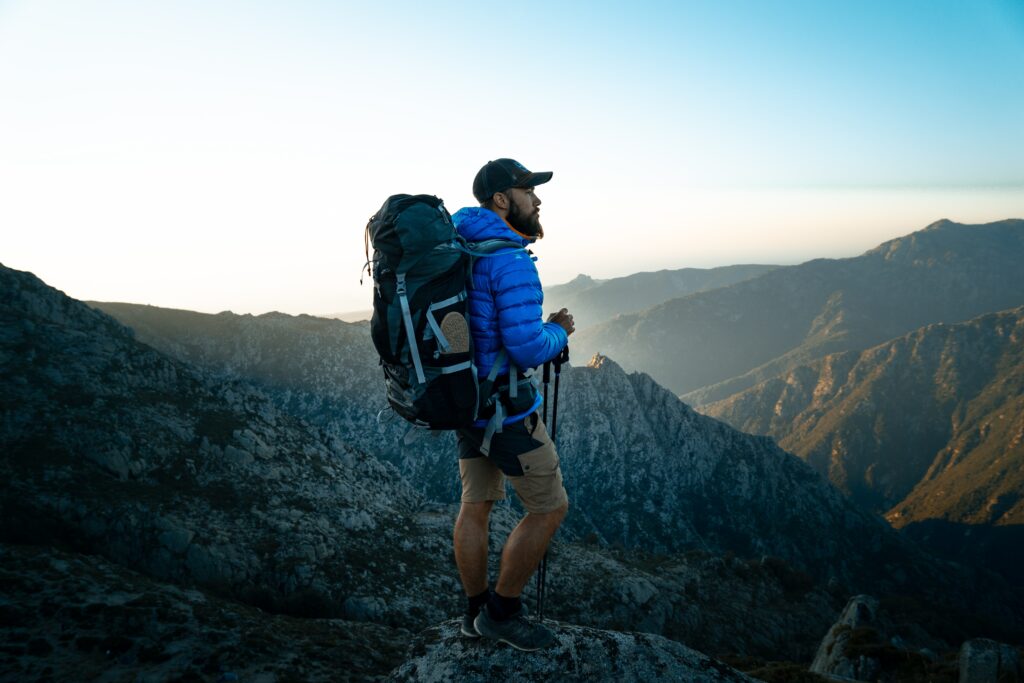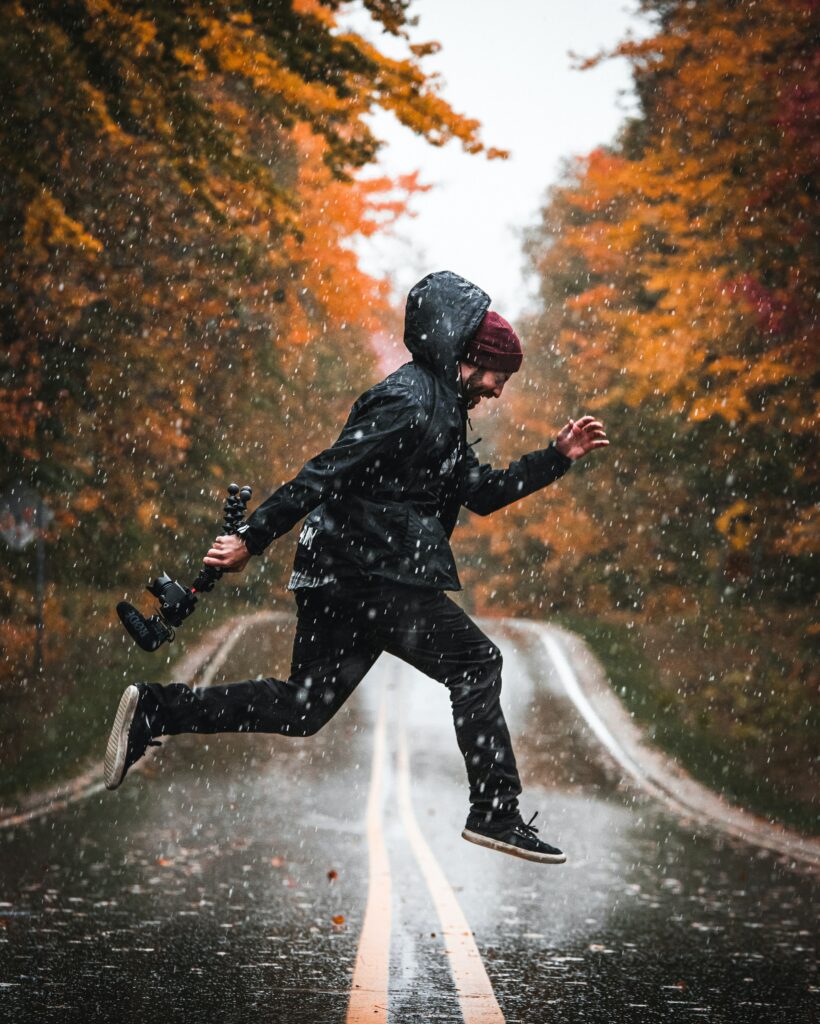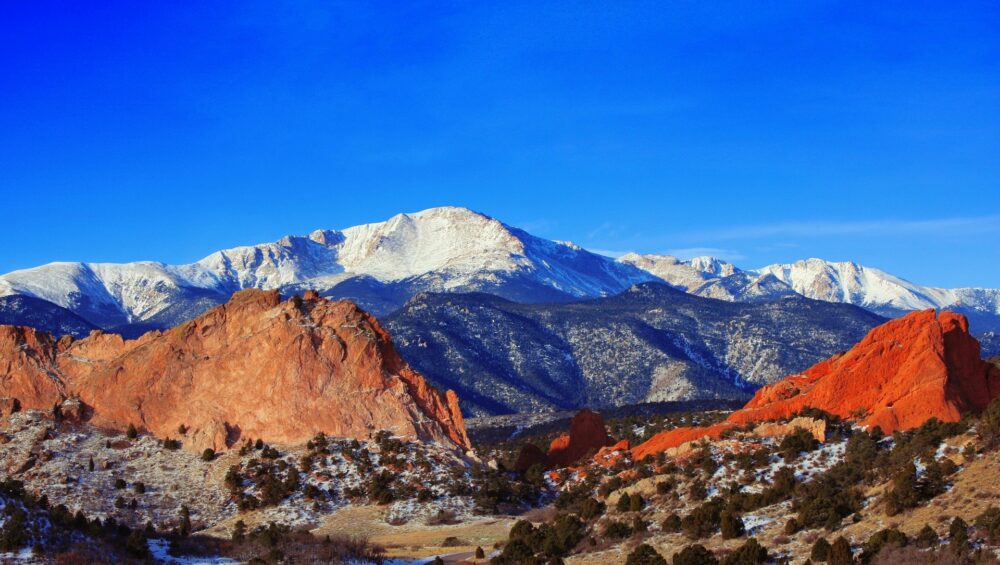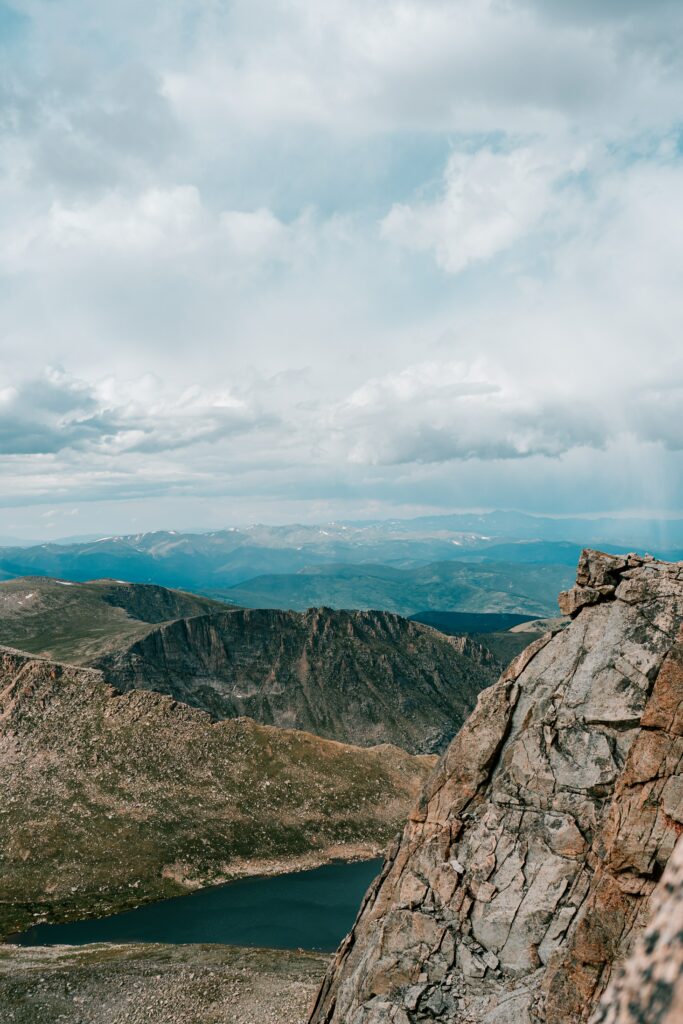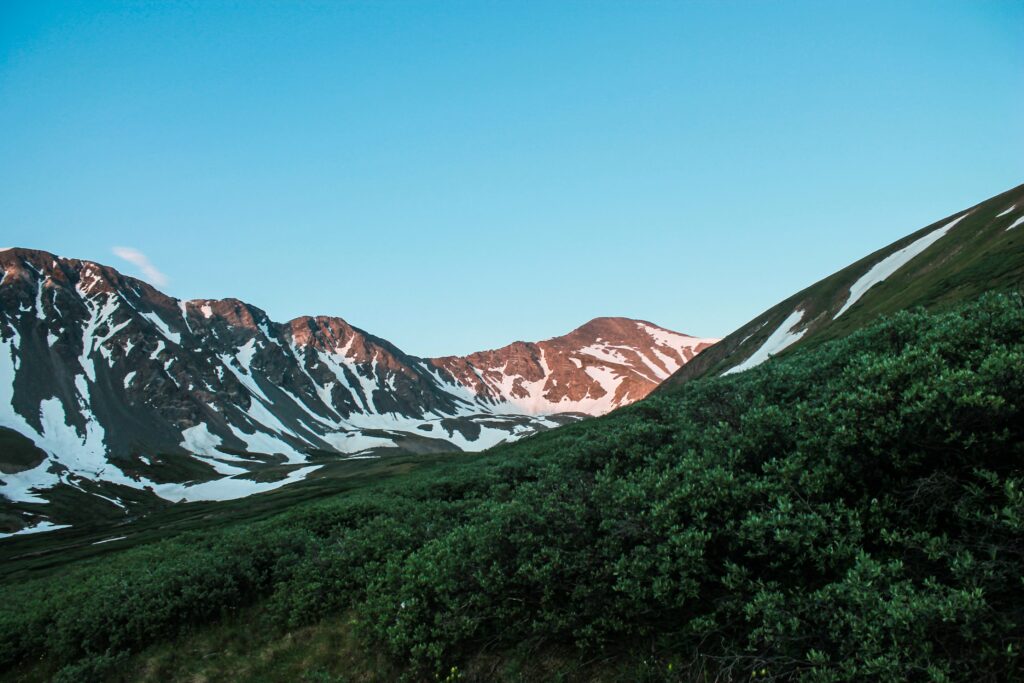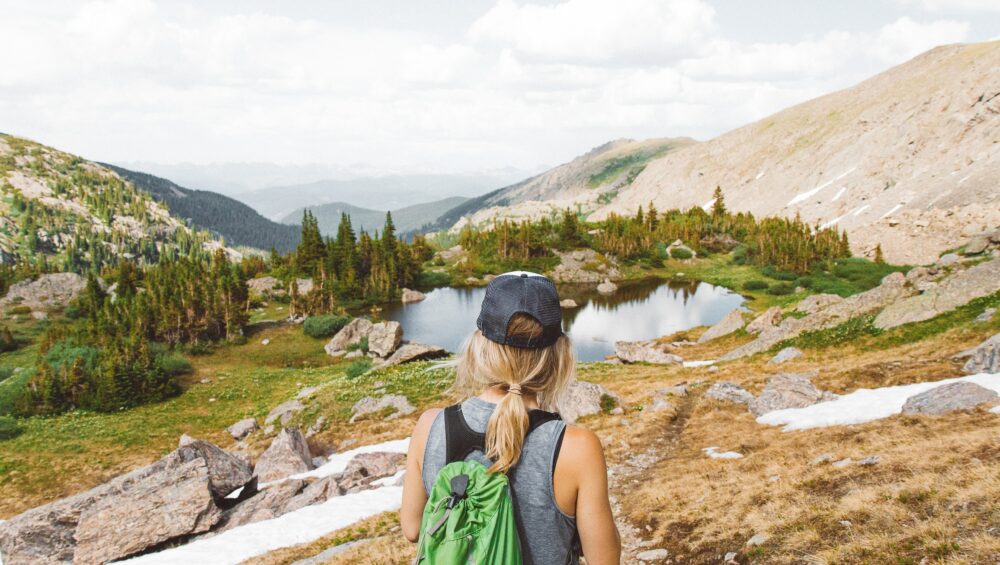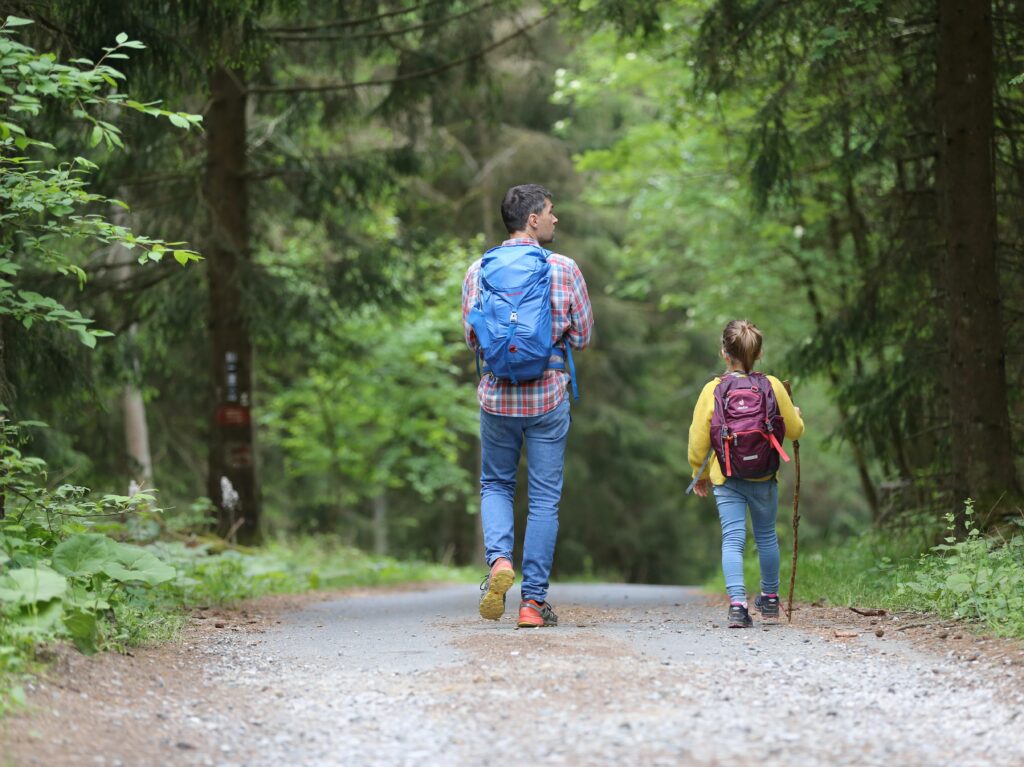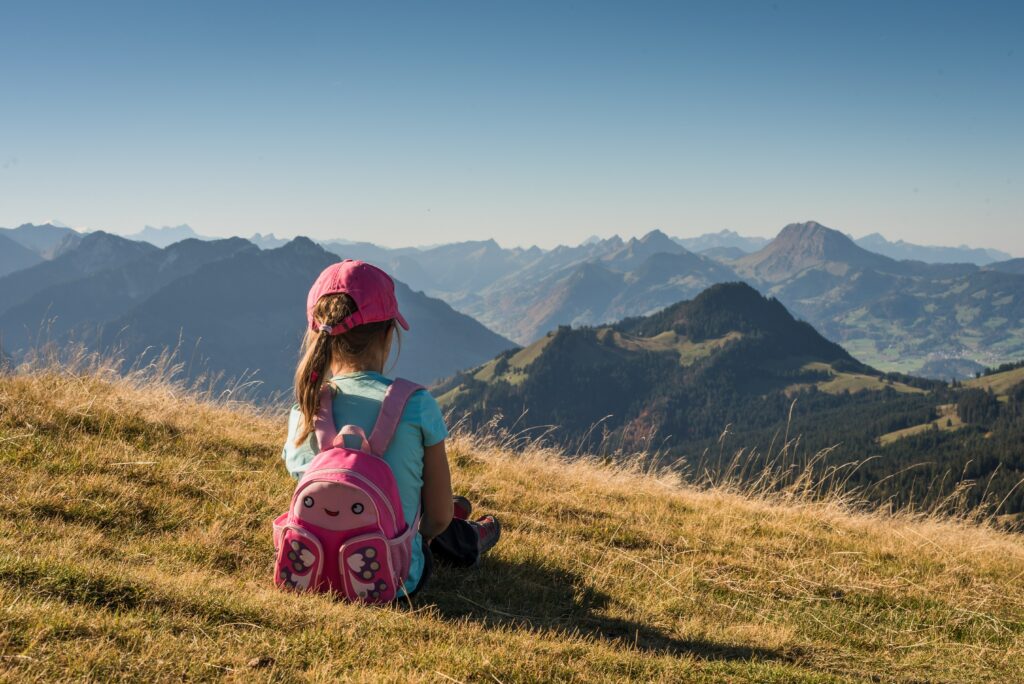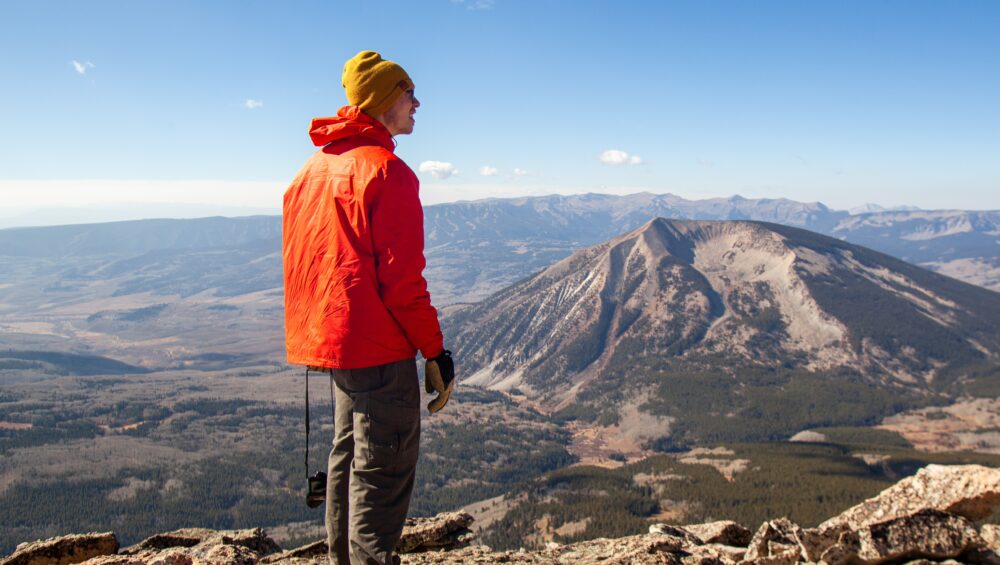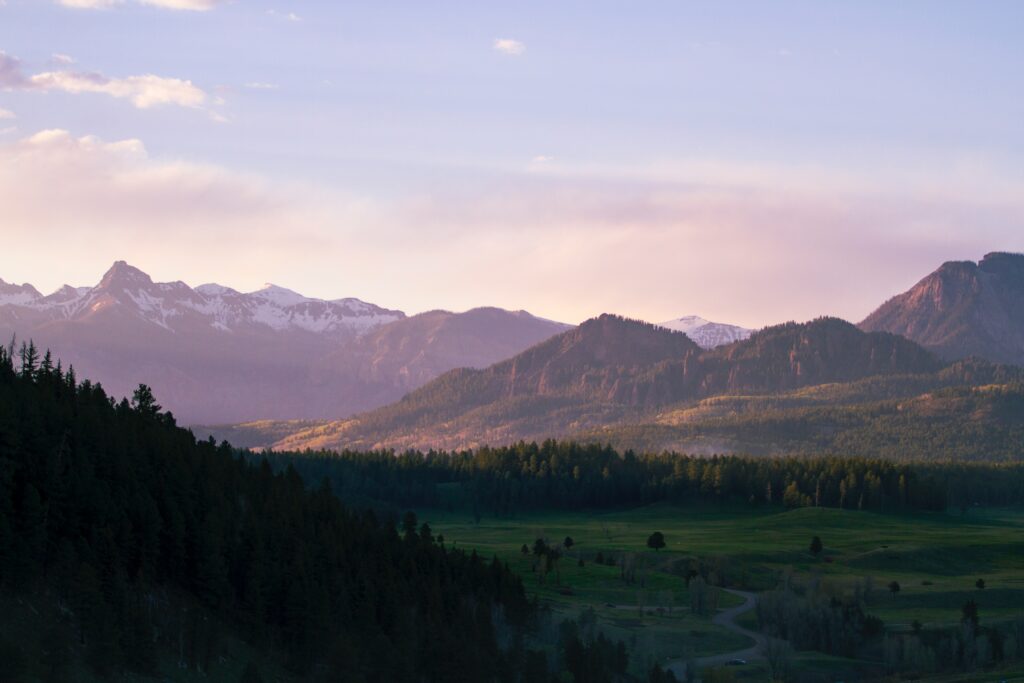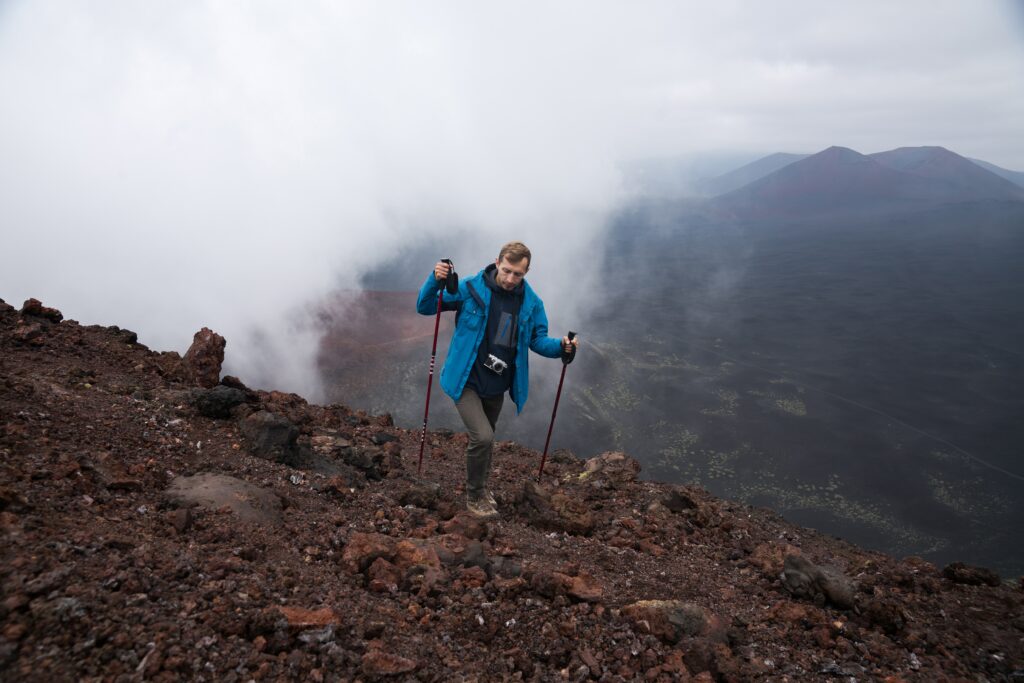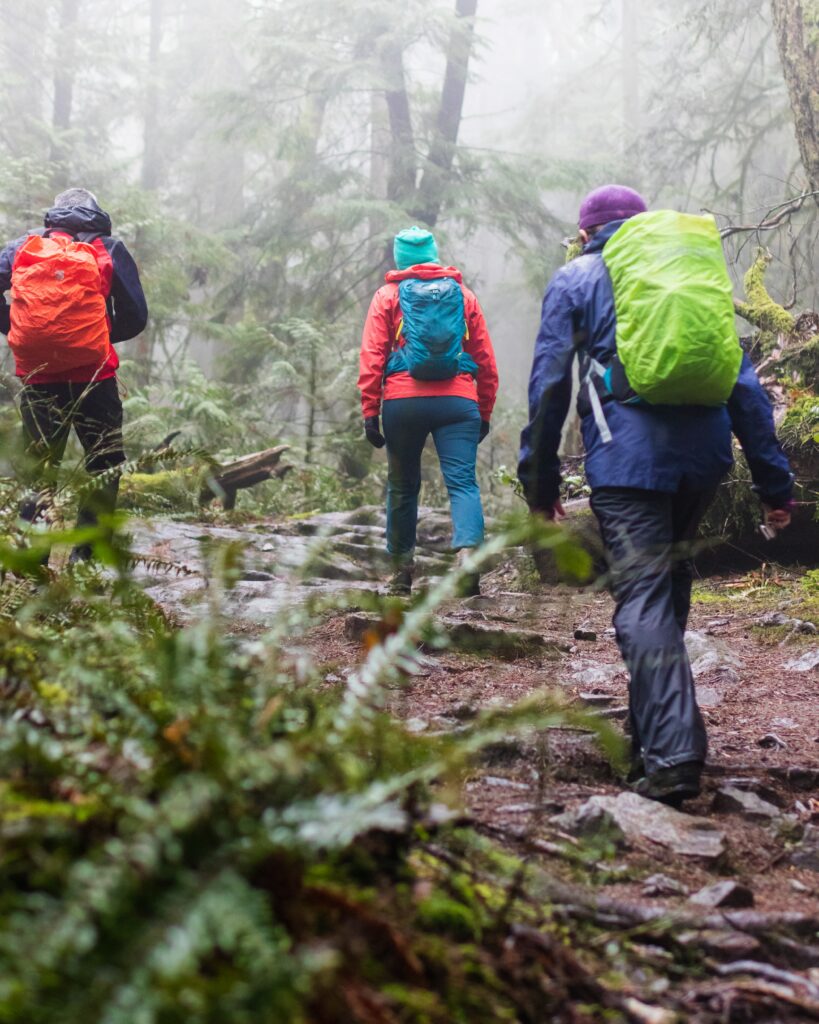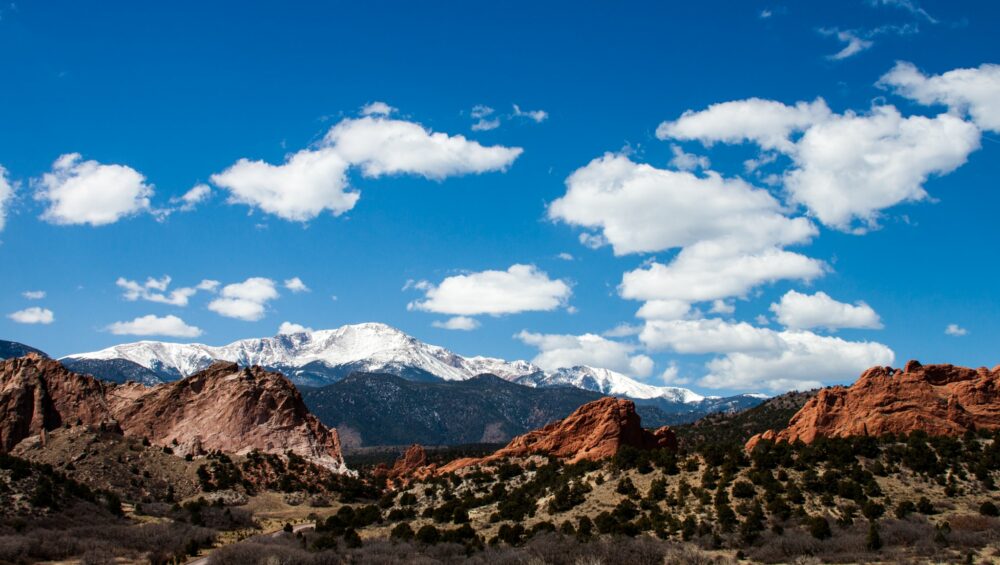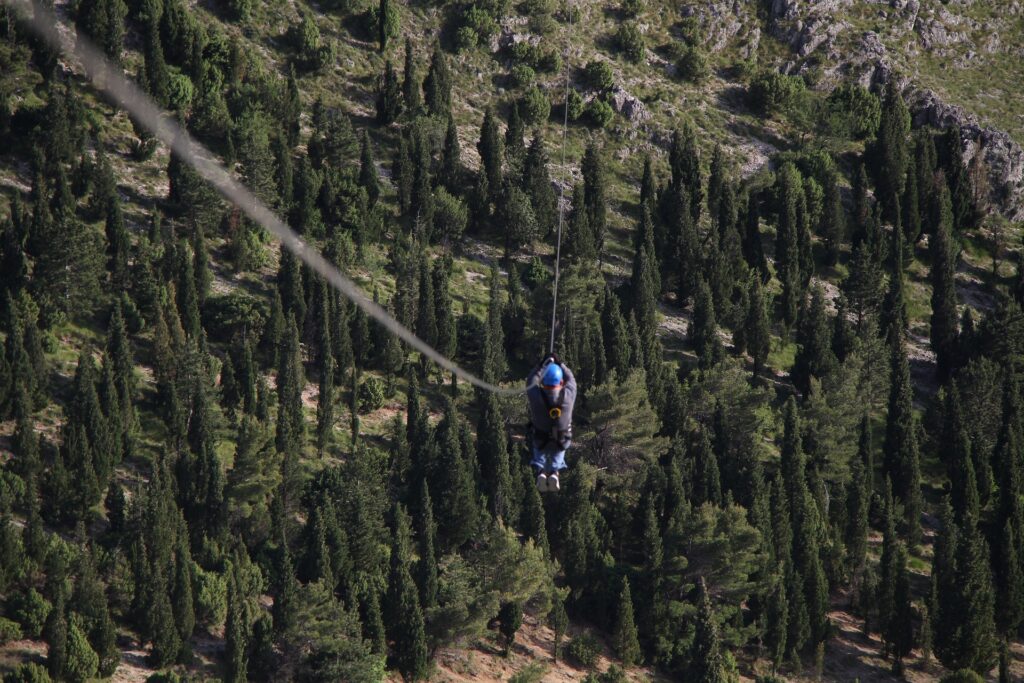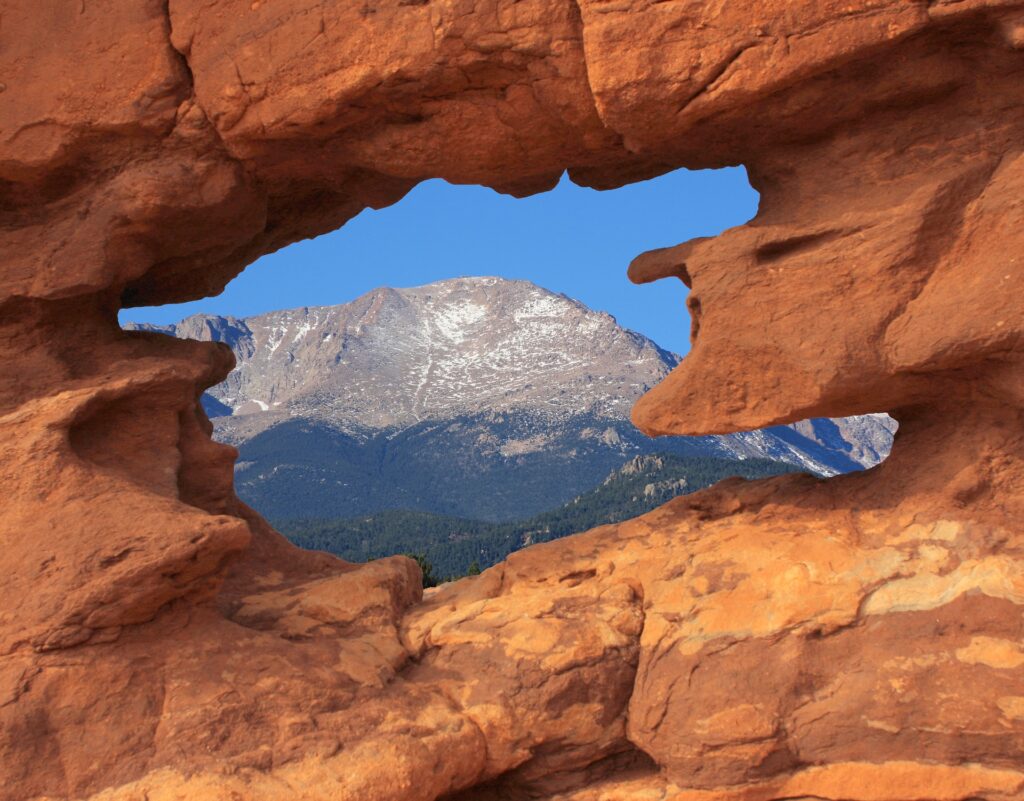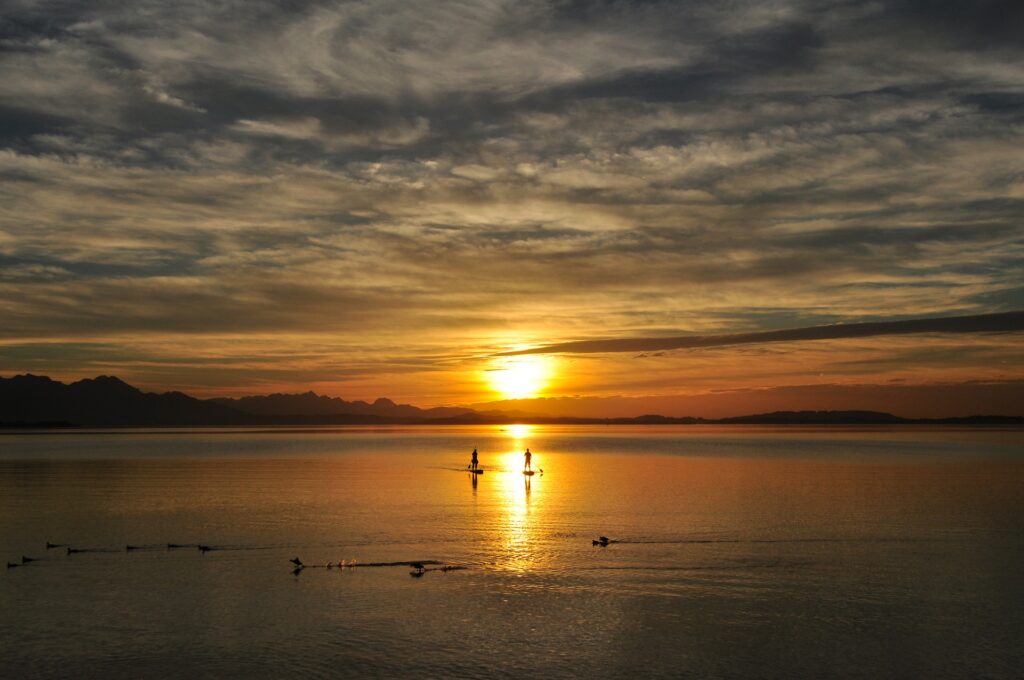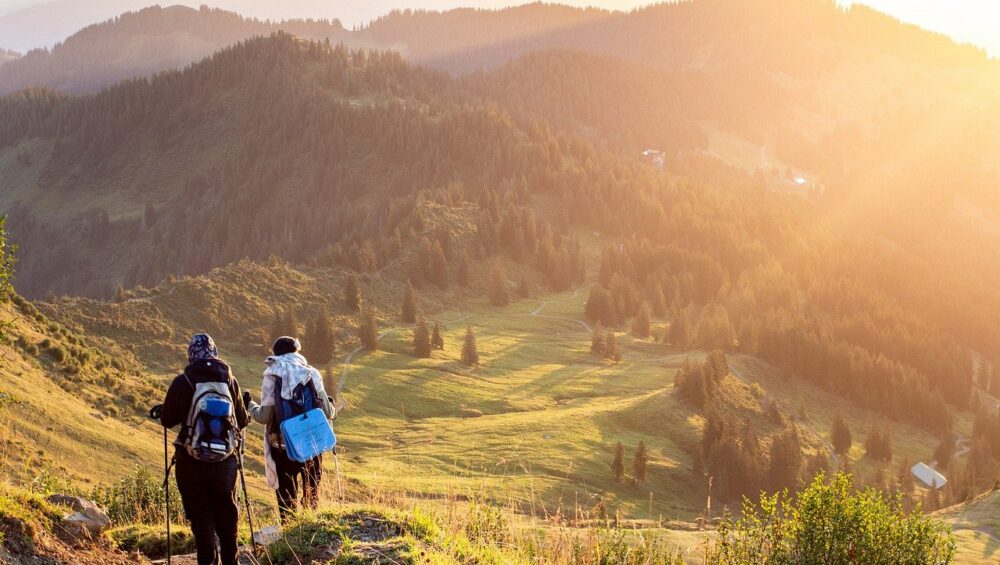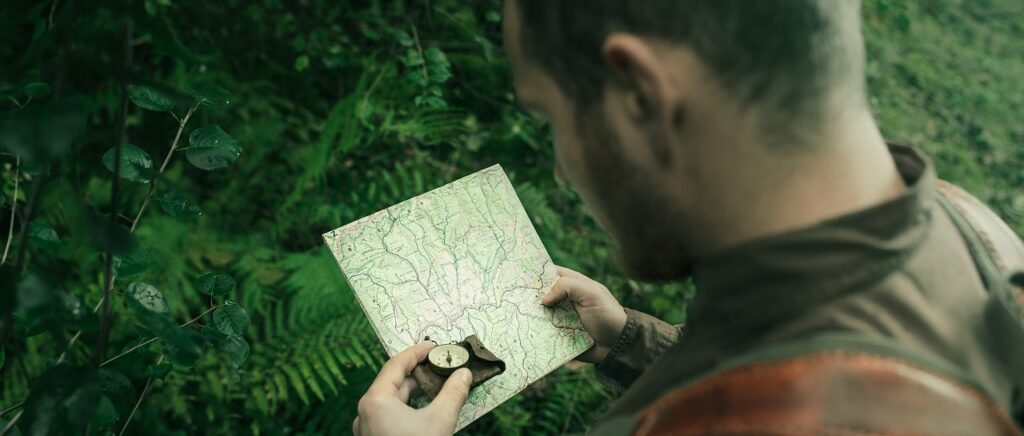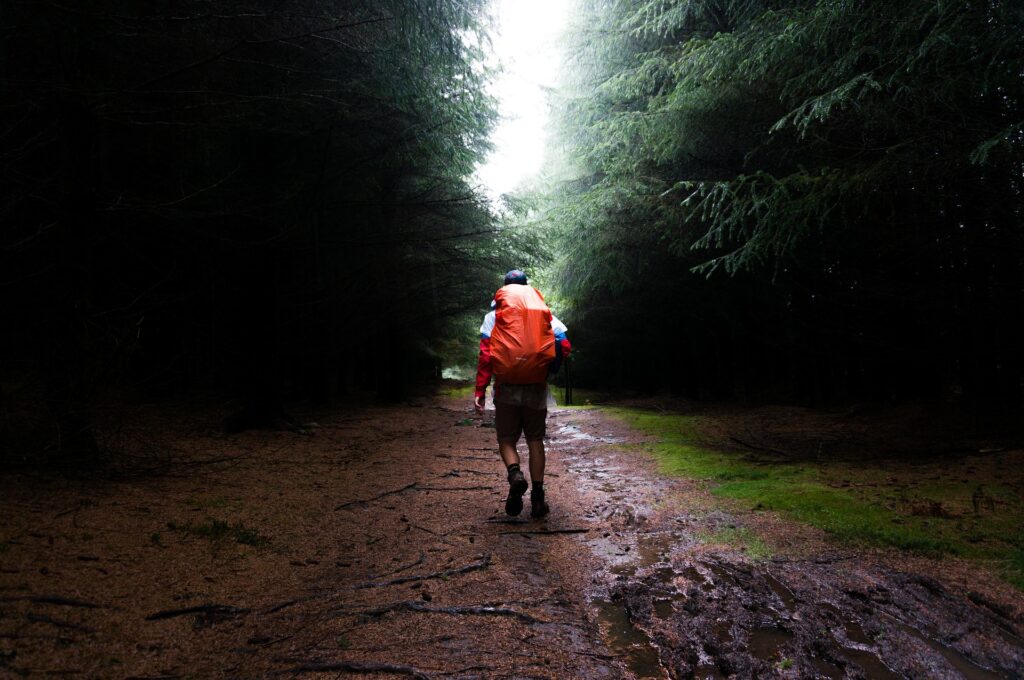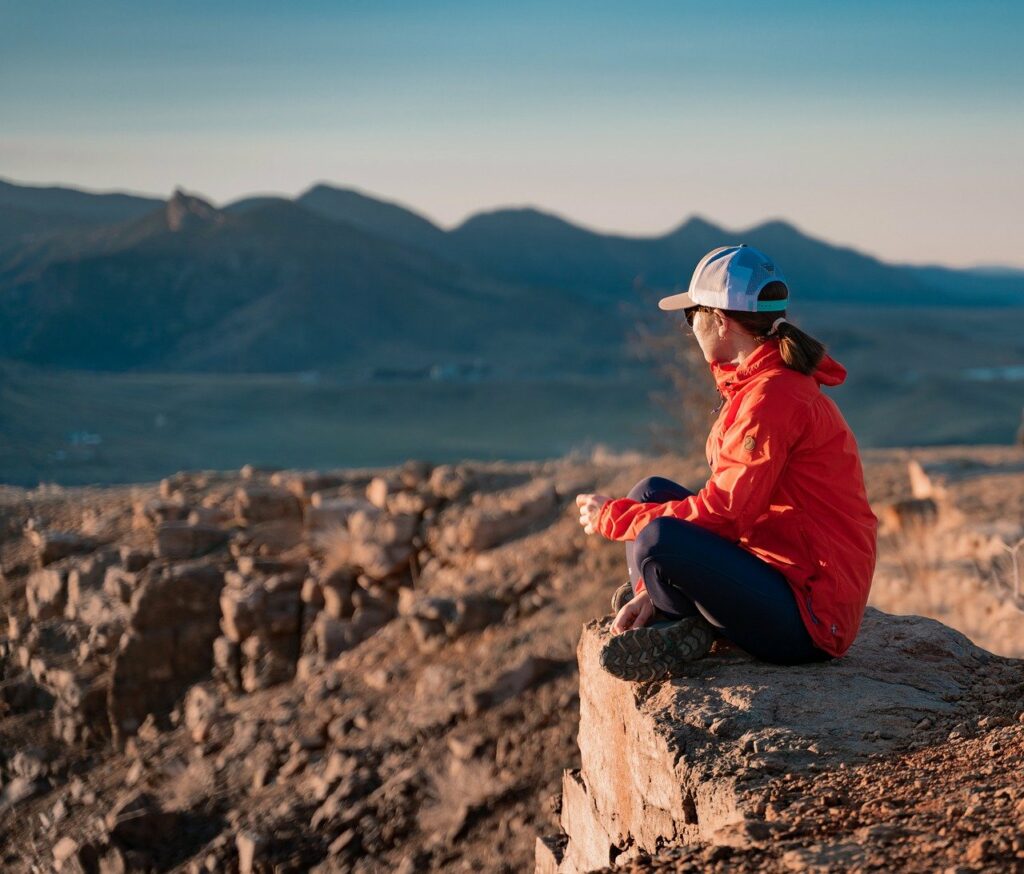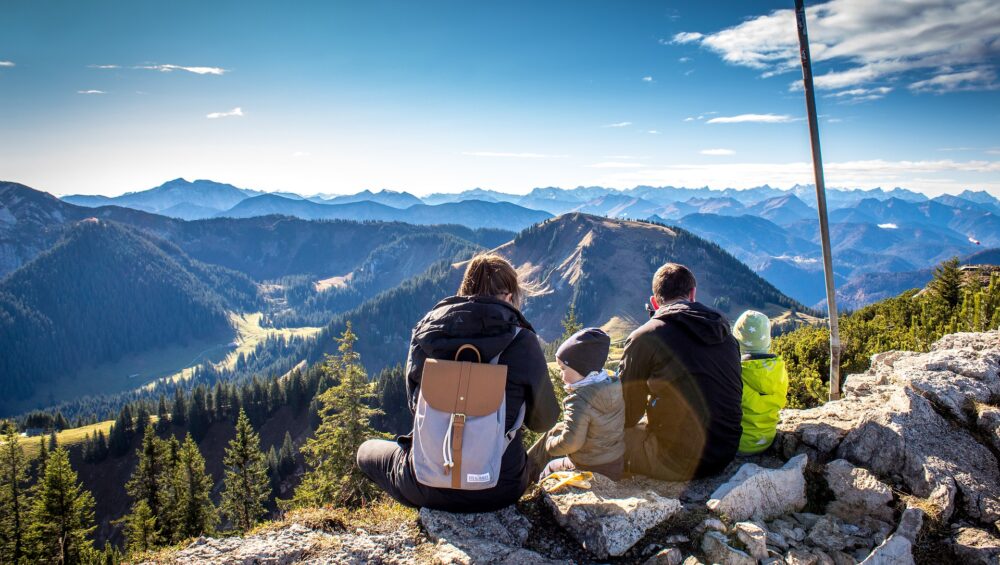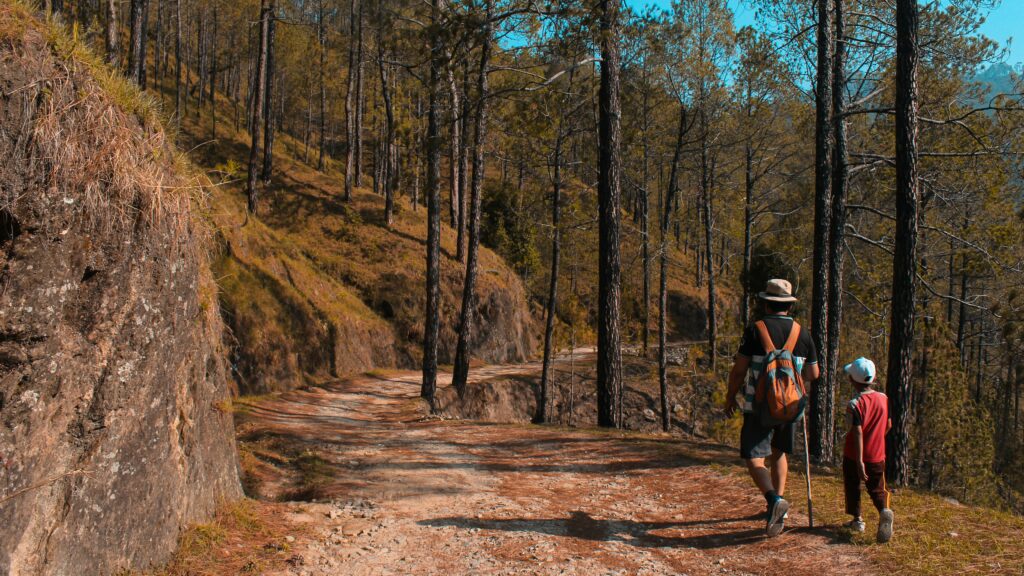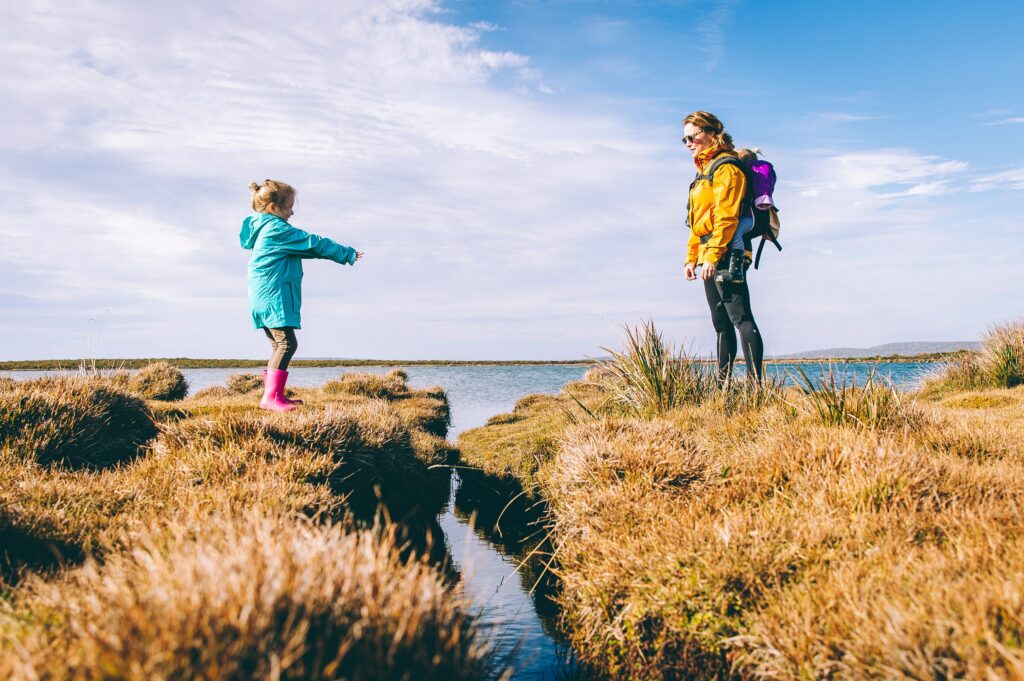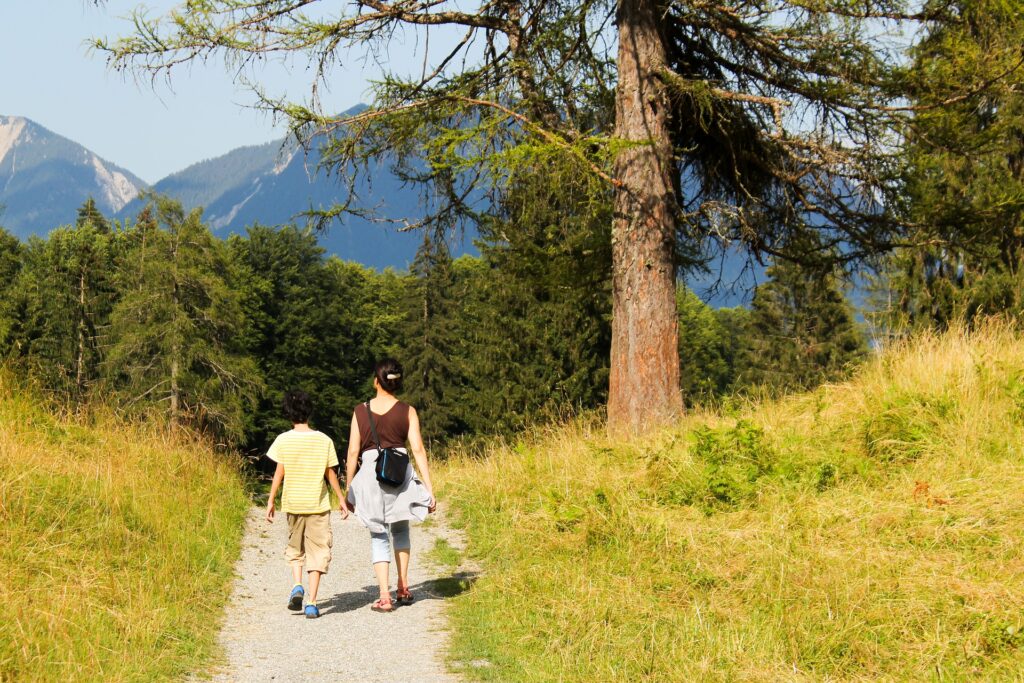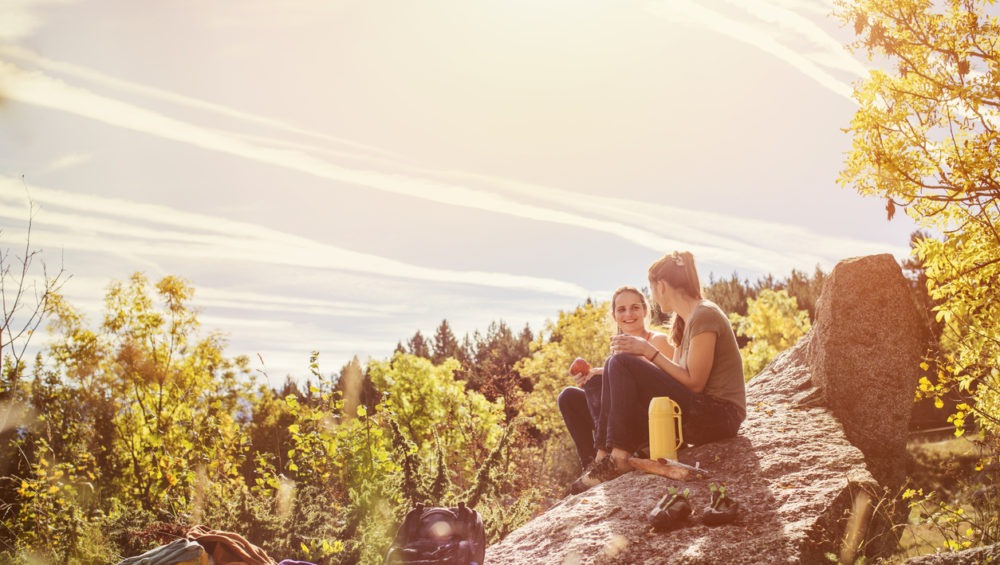When the sun is shining, the birds are chirping, and the breeze cools your skin, it’s easy to get outside. Hiking in the winter can be a completely different game. The cold, snow, and often the wind can all come together and make it difficult to motivate yourself to shut Netflix down and head out on the trail. If you are a beginner, be sure to check out guided winter hikes and get a feel for what it’s like before heading out alone!
Your biggest key to success in those cold dark months is learning to wear hiking in the winter. A wardrobe that keeps you warm and dry can be a complete game-changer. It turns a cold and miserable day into a pleasant tromp through the wilderness with breathtaking, snow-capped vistas every way you look. Winter hiking is personally one of my favorite things to do, incredibly as the trails clear of their typical summer crowds and the world seems a bit quieter altogether.
Dressed in the proper attire, you will end up barely noticing the cold, and soon it can be just you out there trekking through the snow back to your cabin with a warm mug of hot chocolate waiting.
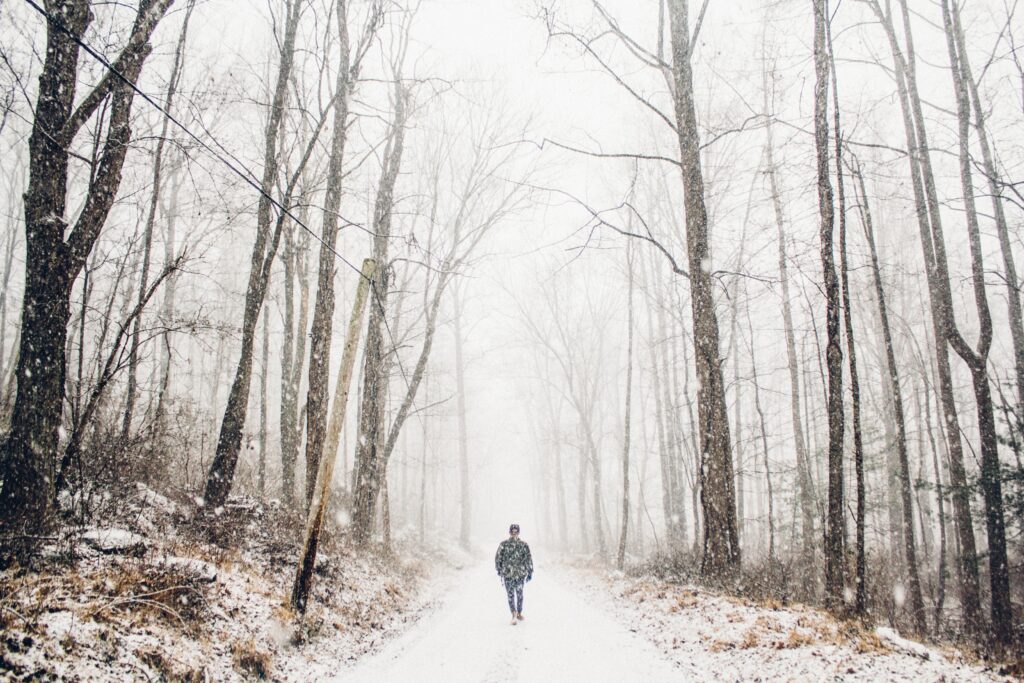
Layer up
Layering for winter hiking is an absolute must if you want to do it right. Layering allows for temperature regulation that you don’t get from wearing your heaviest coat with a t-shirt underneath. The goal is to add and remove layers as you like. When you stop, it can be easy to want to sit and cool down, but immediately throwing a layer will help trap all the heat your body is producing.
It helps to think about your body as a furnace. The more you move, the more heat it will produce. When you take layers off, it’s like opening up all the windows. When you’re moving, it’s okay because the furnace is still pumping at its top-notch. Once you stop, the furnace stops, and the heat starts to disappear through those open windows. If you shut them too late (adding a layer after cooling down), your furnace is still shut off until you start hiking again, and it will be tough to warm back up.
In all honesty, dressing for winter hiking isn’t that different from prepping for some other seasons. It can be similar to what to wear hiking in the Fall, just with a few more mid-layers and remembering to take extra precautions all around.
Get the right shoes on
When the winter comes around, tire shops rejoice because everyone is prepping and putting brand new winter tires on their car. Hiking in the winter should be no different than driving. You need the right shoes for the job. Snow and ice interact with the bottom of your feet much differently than dry dirt or mud. I strongly recommend against going out on a trail with your summer sneakers or even summer hiking boots. They simply don’t have the proper insulation or traction.
One way to add traction is through additional traction devices designed to dig into the snow and ice rather than interact with the surface. YakTrax and other versions of microspikes act like a lighter version of crampons used for mountain climbing. There are great traction devices for hiking, trail running, or running in the city.
Not only is traction a completely different game, but your feet are also prone to getting much colder, much faster, in the winter. The ground is essentially a heat vacuum, sucking all of the warmth through the soles of your shoes away from your feet. Winter boots have a thick insulating layer in the sole that helps to reduce this heat loss. They also are better insulated all around, ensuring that the heat your feet make stays in the boot.
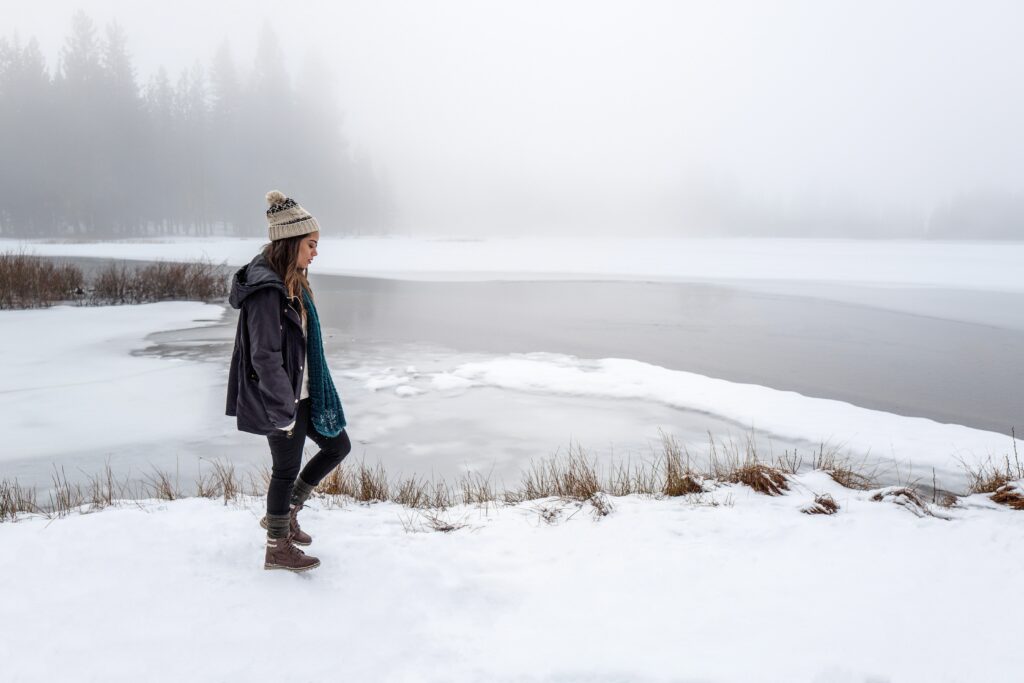
Protect your extremities
Boots are one way to help your feet stay happy and healthy during winter hiking. Feet, toes, and fingers are often at the highest risk of developing frostbite due to the poor levels of circulation and presence of fat in them. That means we have to take extra steps to protect all of our extremities.
To protect your feet, wear wool socks, or at the very least, wear synthetic socks. Thick wool socks help provide a huge amount of insulation, even if your feet get a little bit wet. Make sure that the thick socks don’t make your boots too tight, as that can quickly lead to a cutoff in circulation and a faster route to frostbite.
Pack at least two extra pairs of socks, and change them halfway through the hike to make sure your feet are dry. In the winter, dry means warm.
Fleece or wool mittens with an outer waterproof layer are the best moves for the hands. I also bring an extra pair of mittens if the interior layer gets wet while I’m out there.
Included on the list of extremities will be your ears and nose. These spots are also highly susceptible to frostbite or at least frostnip. They can be easily forgotten when dressing, but you’ll feel them get cold quickly on the trail. You can wear a neck gaiter with a fleece layer that covers your nose and cheeks with a hat or headband to take care of your ears. An easy cover-all is a balaclava, but I like to wear these in the extreme cold and add a layer for more ears over that.
Everything else we’ve all forgotten
Other items to check off your list before hiking would be:
Sunglasses and sunscreen: The sun can be brutal in winter, especially when the snow reflects it.
Gaiters help keep snow out of your boots and, therefore, keep your feet dry.
Batteries die much faster in the winter as the cold will drain them. Bring spares and keep the ones you have close to your body.
Headlamp: Daylight is sparse in the winter, and it will sneak up on you if you aren’t ready for it. Always have a headlamp, so you don’t get stuck in the dark.

